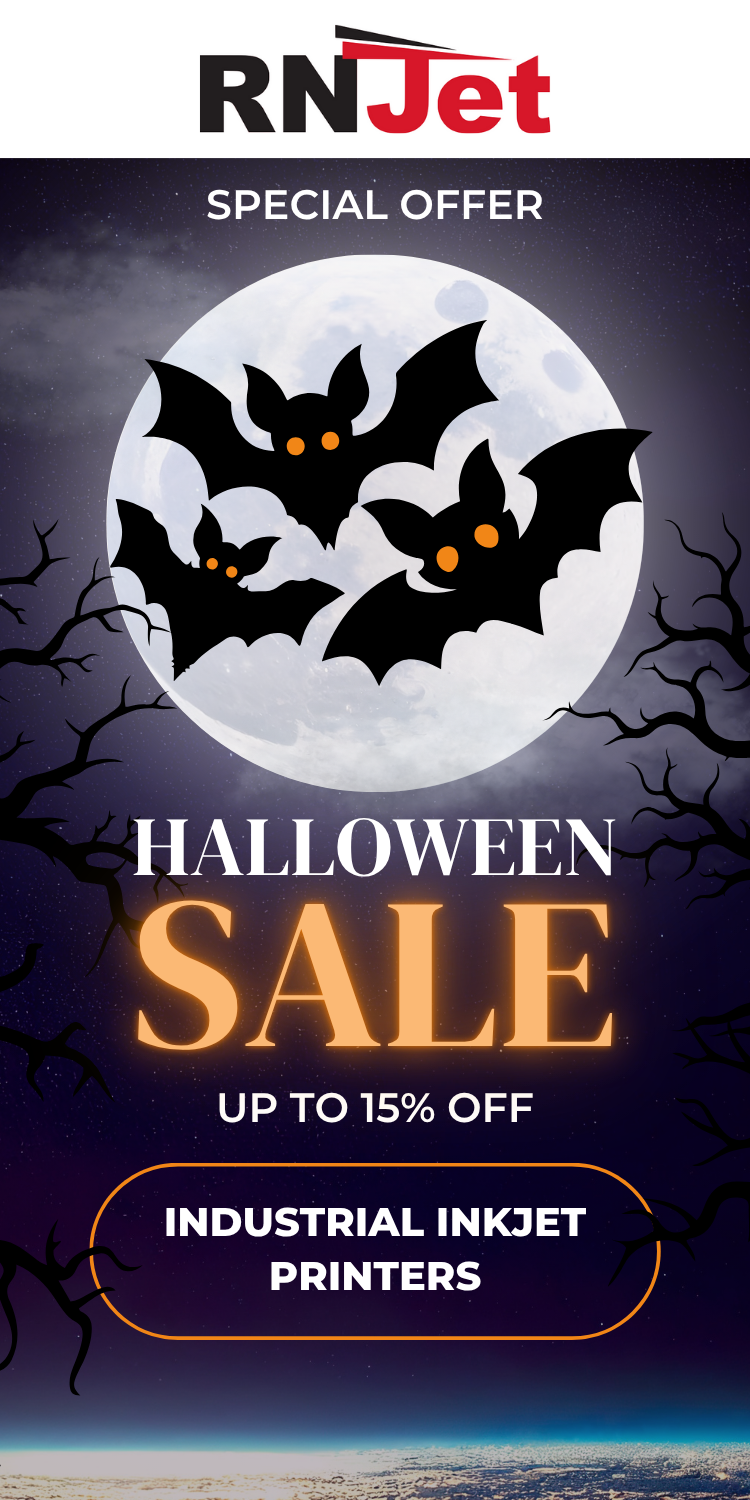When selecting a date coding machine, understanding the key differences between TIJ (Thermal Inkjet) and CIJ (Continuous Inkjet) technologies is crucial. Both offer unique benefits and cater to different industrial needs. Below is a brief comparison:
| Feature | TIJ (Thermal Inkjet) | CIJ (Continuous Inkjet) |
| Print Method | Uses heat to create a bubble that forces ink through a nozzle. | Continuously pumps ink and directs droplets with an electric charge. |
| Print Quality | High resolution, ideal for small to medium-sized text and graphics. | Suitable for larger text and codes, but not as fine as TIJ. |
| Maintenance | Minimal maintenance easy cartridge replacement. | Requires more maintenance due to system complexity. |
| Ink Types | Primarily water-based inks for non- porous materials | Uses a variety of inks (solvent, oil-based, UV) for both porous and non-porous materials. |
| Speed | Medium-speed production lines. | High-speed production lines, capable of continuous printing. |
| Cost | Lower initial investment and operating costs. | Higher initial investment and maintenance costs but lower cost per print at high volumes. |
| Best For | Smaller production runs, low maintenance high-quality prints. | High-speed, high-volume production lines, versatile substrate compatibility. |
RNJet H1 TIJ Date Coder – Advantages Over CIJ Printers
| Feature | Details |
| Print Technology | Thermal Inkjet (TI) with HP TIJ 2.5 printhead |
| Print Speed | Up to 180 meters per minute at 150 dpi, 90 meters per minute at 300 dpi |
| Print Height | Maximum print height of 12.7 mm (0.5 inches) |
| Print Length | Maximum print length of 5500 mm |
| Print Resolution | 300 dpi for clear and sharp prints |
| Ink Compatibility | Compatible with solvent and water-based inks |
| Drying Time | Inks dry within 1-3 seconds on non-porous materials |
| Connectivity | USB, Ethernet, and RS-232 ports for easy integration |
| User Interface | 7-inch touchscreen controller housed in a durable stainless steel case |
| Operating Conditions | Temperature range: 0°C to 45°C; Humidity: 20% to 80% |
| Size (W x D x H) | 360 mm x 320 mm x 200 mm (14.17) X 12.6″ X 7.87″) |
| Weight | 7.5 kg (16.5 lbs) |
-
Maintenance-Free Operation
The RNJet H1 is designed for maintenance-free operation, eliminating the need for regular servicing and reducing downtime. Unlike CIJ printers that require frequent maintenance to prevent nozzle clogging, the RNJet H1 operates smoothly without requiring service contracts, saving on long-term maintenance costs. -
Cost-Effectiveness
The RNJet H1 offers a low total cost of ownership compared to CIJ printers. Its maintenance-free design and low ink consumption make it an affordable solution for businesses, especially for those in high-volume production. The reduced need for maintenance parts further cuts down operational costs. -
User-Friendly Design
The intuitive touchscreen interface allows for easy operation, ensuring minimal training is required for operators. This ease of use helps increase productivity, reducing human error and downtime. -
Environmental Considerations
The RNJet H1’s fast-drying ink minimizes ink waste and the risk of smudging. Additionally, the use of solvent and water-based inks allows businesses to meet environmental standards while ensuring high-quality, legible prints across a range of substrates. -
Canadian Engineering Excellence
Manufactured in Canada, the RNJet H1 reflects a commitment to quality and innovation. The printer is designed and assembled in Ontario, ensuring rigorous manufacturing standards and offering support for local industry.
Applications of RNJet H1
The RNJet H1 is versatile, making it ideal for a variety of industries, including:
-
Automotive Parts: Marking components with part numbers and manufacturing dates.
-
Beverage Industry: Printing expiry dates and batch codes on cans and bottles.
-
Pharmaceuticals: Applying lot numbers and expiration dates on packaging.
-
Food Processing: Labeling products with production dates and ingredient information.
-
Cosmetics: Coding packaging with manufacturing details and batch numbers.
-
Electronics: Marking components with serial numbers and manufacturing dates.
Its adaptability makes it a preferred choice for industries requiring reliable and efficient date coding solutions.
Conclusion
The RNJet H1 offers an excellent alternative to CIJ printers with its maintenance-free operation, affordable pricing, and user-friendly design. Manufactured in Canada, it is engineered for high performance and reliability. The low cost of ownership, coupled with versatile ink compatibility, makes it an attractive solution for businesses seeking cost-effective, sustainable, and efficient date coding solutions. Investing in the RNJet H1 can lead to improved production efficiency, cost savings, and enhanced sustainability—making it an invaluable tool for modern manufacturing environments.


Comments are closed